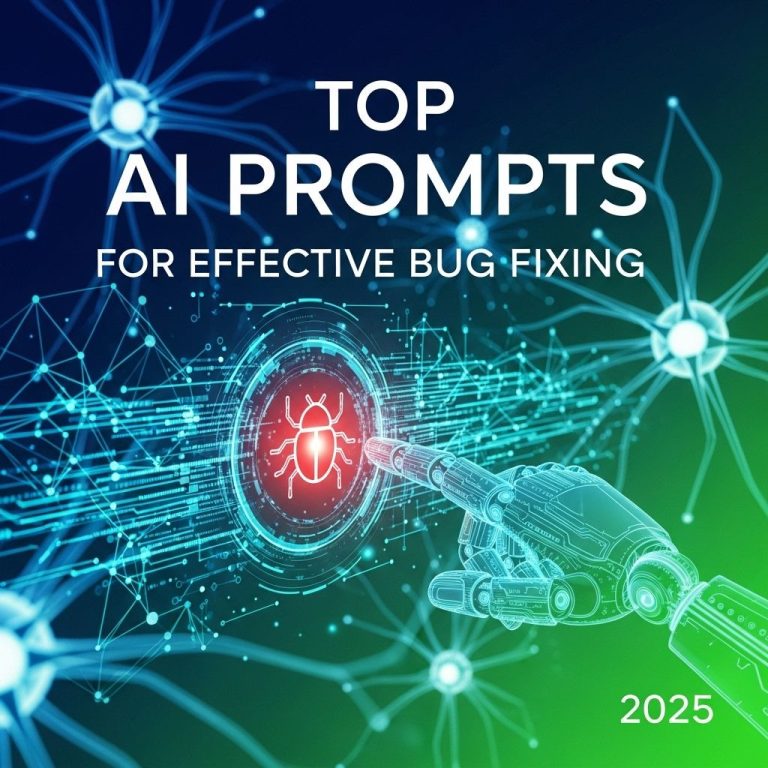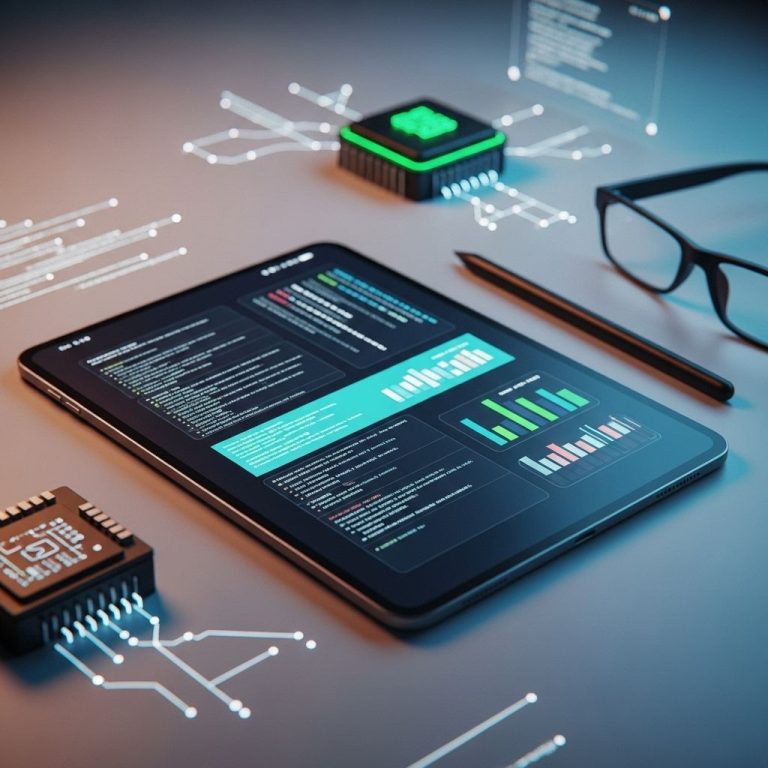As we delve into the ever-evolving landscape of web development, the role of full stack developers becomes increasingly pivotal. These professionals are tasked with managing both the front-end and back-end of applications, ensuring seamless interactions and functionality. In 2025, the demands on full stack developers are likely to intensify, bringing forth a plethora of challenges and opportunities. In this article, we will explore innovative prompts designed to inspire coders and enhance their skill sets in this dynamic field.
The Evolution of Full Stack Development
Full stack development has come a long way since its inception. Originally, developers specialized in either front-end or back-end technologies. However, as applications grew more complex, the need for versatile developers became apparent. This section explores the journey and future of full stack development.
Key Milestones
- Early Days: Focused on basic HTML, CSS, and JavaScript for front-end, with PHP and MySQL dominating back-end development.
- Rise of Frameworks: Introduction of frameworks like React, Angular, and Node.js revolutionized how developers approached both ends of an application.
- APIs and Microservices: The shift towards API-driven development and microservice architecture allowed for more modular and scalable applications.
- Cloud Integration: With cloud computing becoming mainstream, developers now integrate various cloud services to enhance application performance and scalability.
Emerging Technologies for Full Stack Development
Enterprises are increasingly adopting new technologies to stay competitive. Here are some emerging trends you should consider as a full stack developer in 2025.
1. Artificial Intelligence and Machine Learning
AI and ML are not just buzzwords; they are integral to modern applications. Here’s how they impact full stack development:
- Enhanced User Experience: AI-driven recommendations and personalized content.
- Data Analysis: Improved data processing and analysis through machine learning algorithms.
- Automation: Streamlining repetitive tasks, allowing developers to focus on complex problems.
2. Progressive Web Applications (PWAs)
PWAs combine the best of web and mobile apps, providing a seamless user experience. Key benefits include:
- Offline access and performance improvements.
- Responsive design that adapts to any device.
- Enhanced security with HTTPS.
3. Serverless Architecture
Serverless architecture simplifies deployment and scaling:
- No need for server management, allowing developers to focus on code.
- Cost-effective since you pay only for the resources used.
- Scalable with automatic resource allocation.
Innovative Development Practices
To keep pace with these technological advancements, developers must adopt innovative practices. Below are some practices to consider.
1. Test-Driven Development (TDD)
TDD focuses on writing tests before coding, ensuring higher quality code and fewer bugs. Steps include:
- Write a test for a new function.
- Run the test (it should fail).
- Write the minimum code necessary to pass the test.
- Refactor the code while ensuring tests still pass.
2. Continuous Integration and Continuous Deployment (CI/CD)
CI/CD automates the software development process, enabling faster and more reliable code releases:
- Continuous Integration: Developers frequently integrate their code into a shared repository, allowing for early detection of issues.
- Continuous Deployment: Code changes are automatically deployed to production after passing predefined tests.
3. Agile Methodology
Agile promotes iterative development and responsiveness to change. Key principles include:
- Customer collaboration over contract negotiation.
- Responding to change rather than following a fixed plan.
- Working software over comprehensive documentation.
Tools and Technologies to Master
As a full stack developer, being proficient in various tools is essential. Here’s a breakdown of the must-have technologies:
Front-End Technologies
| Technology | Purpose |
|---|---|
| React | Building interactive UIs |
| Vue.js | Progressive framework for building UIs |
| Bootstrap | Responsive design and layout |
Back-End Technologies
| Technology | Purpose |
|---|---|
| Node.js | JavaScript runtime for building scalable applications |
| Python (Django/Flask) | Rapid development of web applications |
| Ruby on Rails | Convention over configuration for web apps |
Database Technologies
| Technology | Purpose |
|---|---|
| MongoDB | NoSQL database for modern applications |
| PostgreSQL | Relational database with advanced features |
| Firebase | Real-time database and cloud storage |
Conclusion
In conclusion, the landscape for full stack developers in 2025 is rich with opportunities for those willing to embrace change and innovation. By mastering emerging technologies, adopting best practices, and continuously enhancing their skill sets, coders can thrive in this fast-paced environment. The future of web development is bright, and full stack developers are at the forefront of this exciting evolution.
FAQ
What are full stack prompts for coders?
Full stack prompts are coding challenges or scenarios designed to test and enhance a developer’s skills across both front-end and back-end technologies.
How can I improve my full stack development skills in 2025?
To improve your full stack skills, engage with innovative coding prompts, participate in hackathons, collaborate on open-source projects, and continuously learn new technologies and frameworks.
What technologies should I focus on for full stack development in 2025?
In 2025, focus on modern frameworks like React and Angular for front-end, Node.js or Django for back-end, and familiarize yourself with cloud services and containerization tools like Docker.
Are there specific resources for innovative full stack prompts?
Yes, platforms like GitHub, LeetCode, and Codecademy offer resources and prompts for full stack development. Additionally, online communities and forums can provide unique challenges.
What is the importance of full stack development in today’s tech industry?
Full stack development is crucial as it allows developers to understand the entire web development process, making them versatile and valuable to teams working on complex applications.
How do I stay updated with the latest trends in full stack development?
To stay updated, follow tech blogs, subscribe to newsletters, participate in webinars, and engage with developer communities on platforms like Stack Overflow and Reddit.




